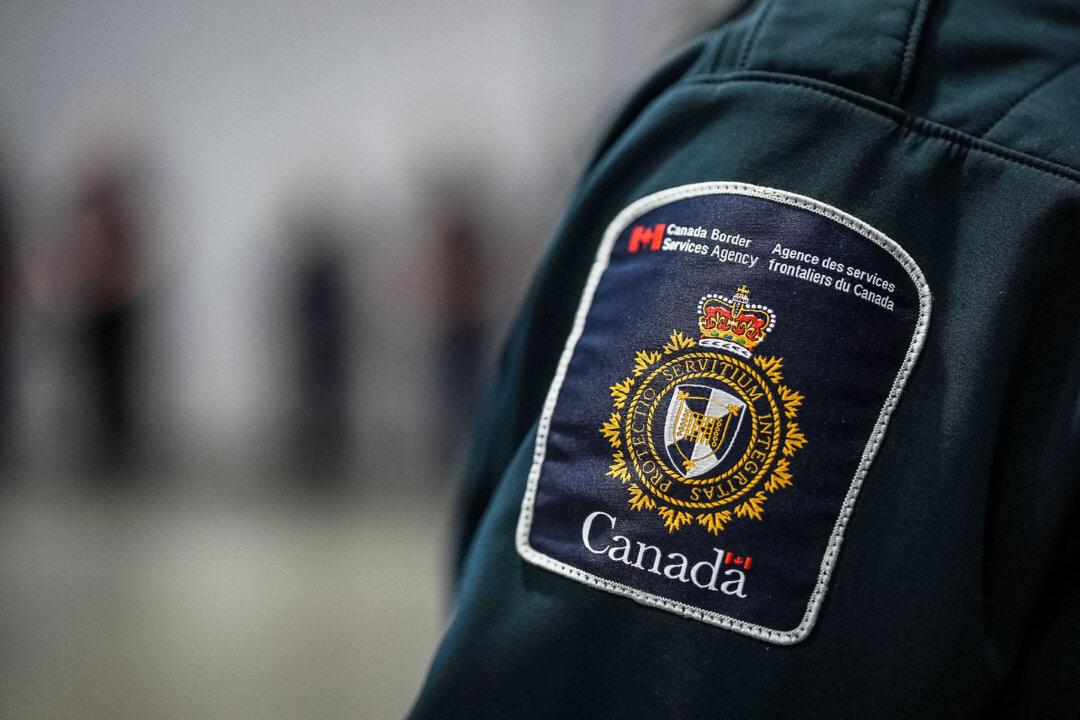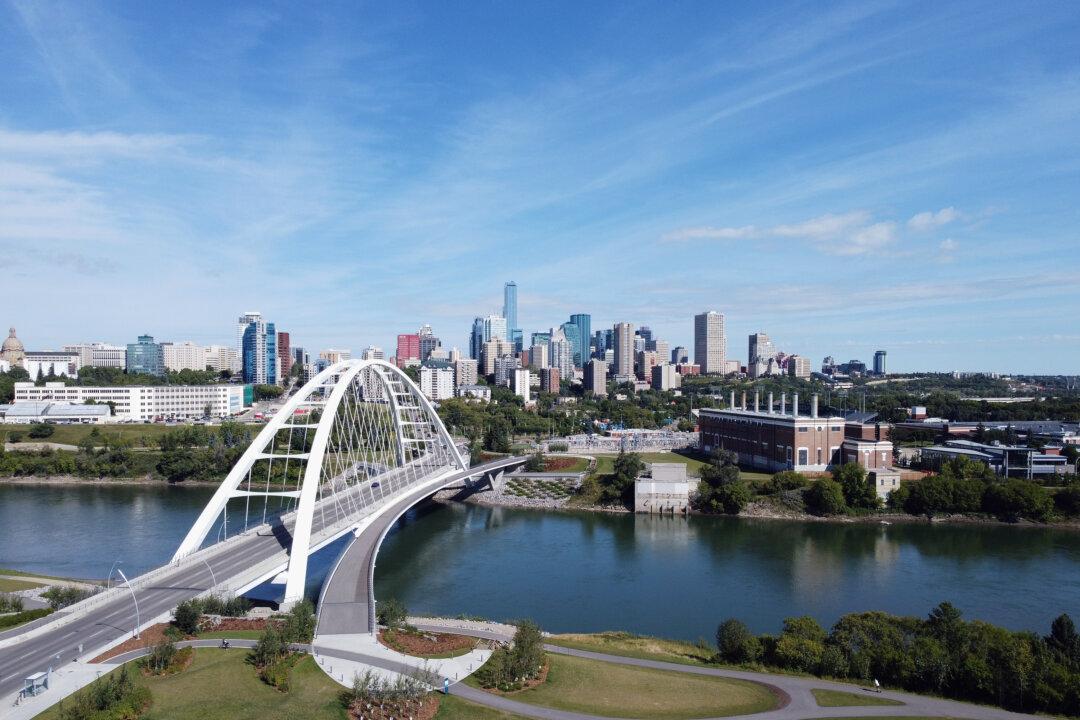In B.C.’s North Shuswap, Corey Cyr has spent days putting out spot fires on his property and those of others as wildfires sweep the region. He has brought resources to those who need them, including fuel for generators to keep water pumping at their homes.
But he’s had to sneak around to do so. He risks arrest for leaving his property, as the evacuation order for the area makes clear that residents who choose to stay must remain on their own property. Roadblocks are enforcing that order.
“People are still here trying to protect what they have,” Mr. Cyr told The Epoch Times. “When a big community comes together to try to save everything and make it all work and then the authorities roll in and just try to shut everything down, it’s quite frustrating.”
Looting and Missing Equipment
BCWS information officer Forrest Tower said the police roadblocks are in place because “we have to maintain order in these areas.”“People who have evacuated have trusted the local governments and placed a lot of trust in them to ensure that when they come back to their house, their stuff is still there,” he said.
Mr. Cyr said everyone in his little community of Scotch Creek, which has a population of less than 1,000, looks out for each other. He said he can’t imagine any locals looting, and if he were allowed to freely patrol his town, he could catch not only spot fires but also any looters from out of town.
While thousands of dollars worth of equipment has reportedly been looted in the area, Mr. Cyr said, he wonders if it was truly stolen.
“I’m sure there’s situations where, you know, a neighbour had phoned somebody and said ‘Hey, I have a pump and I have a garden hose, go ahead and take it.’ And they bust the lock and ’steal' a pump.”
Impact on Operations
Mr. Tower said firefighting equipment has also gone missing, and even if it’s locals just borrowing it to fight fires near their homes, it inhibits the greater efforts to systematically keep the fire back.“It does really impact our operations in that there is a structure protection plan that experts have written for the area,” he said. It poses an obstacle when firefighters are looking to move that equipment to a place it’s needed to execute the plan, he said, but the equipment is missing.
“One set of gear can protect dozens of homes, and we’ve had multiple sets of gear stolen,” Mr. Tower said, adding that he will use the word “stolen” even if it’s not done maliciously because it’s BCWS property and they don’t know where it is.
While reinforcements are constantly coming in, as of the afternoon of Aug. 22, Mr. Tower said, about 120 wildland firefighters and about 105 structural-protection firefighters were working on the Bush Creek East fire.
Although Mr. Cyr appreciates the efforts in the area, he said no one is there to help put out the spot fires threatening many individual properties.
“They’re running around handling bigger stuff,” he said. “So the smaller stuff, we’re just handling ourselves.” He said he’s not going to bother calling any emergency or fire services when he and a few others can put out a spot fire themselves.
Community Help
Many of those who stayed behind want to do whatever they can to help each other, Mr. Cyr said. He gave the example of a local food truck that went around delivering hot meals to everyone. “They got shut down, too,” he said.“It’s just an endless supply of support from people within the community and outside of the community. And it’s just amazing to see how many people can pull together to help out,” Mr. Cyr said. “It’s too bad it’s got to get shut down due to this lockdown.”
Despite the challenges, he said this has helped him appreciate how good people are.
‘Toward the Same Goal’
Mr. Tower emphasized that, amid the frictions between locals, authorities, and firefighters, everyone should remember “we’re all humans trying to work toward the same goal.”BCWS has received criticism for not doing enough or not fighting the fires effectively, Mr. Tower said, but he said everyone in the BCWS uniform has been working tirelessly.
“It drains us mentally and physically, this job,” he said, noting that the work has been pretty constant since May. “There is a huge amount of cumulative fatigue in my organization right now.”
Mr. Tower said he stands by the organization’s decisions, such as a planned burn on Aug. 17 in the Shuswap that has received criticism. Behind the scenes, he said, BCWS has documented the path of the fire and precise timelines on their decisions.
The planned burn in question, he said, was not the cause of the fire’s rapid spread. He said spot fires were already pre-existing in the area and they were responsible for the merging of the Bush Creek East fire and the East Adams Lake fire.
There’s a lot of “misinformation,” Mr. Tower said, and he has BCWS decisions documented down to the minute.
“It’s hard to work together when it’s a very us-versus-them mentality,” he said. “We’re trying to work collaboratively with people.”







